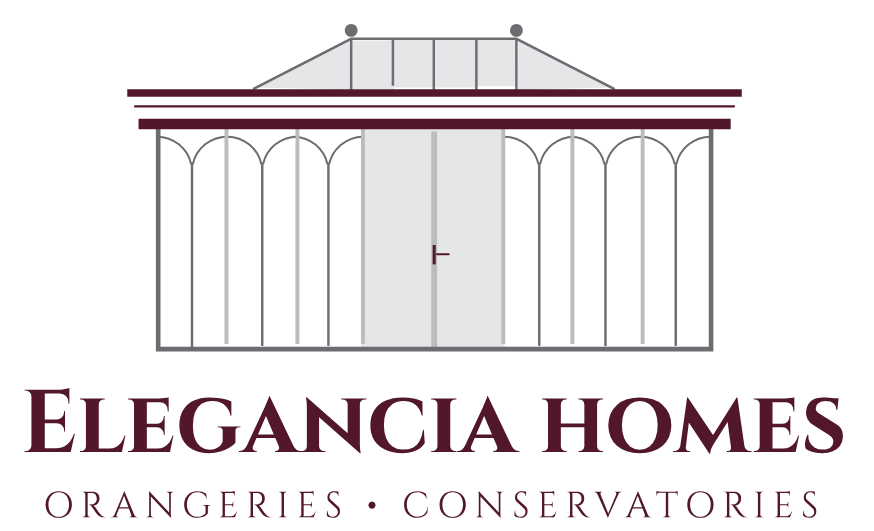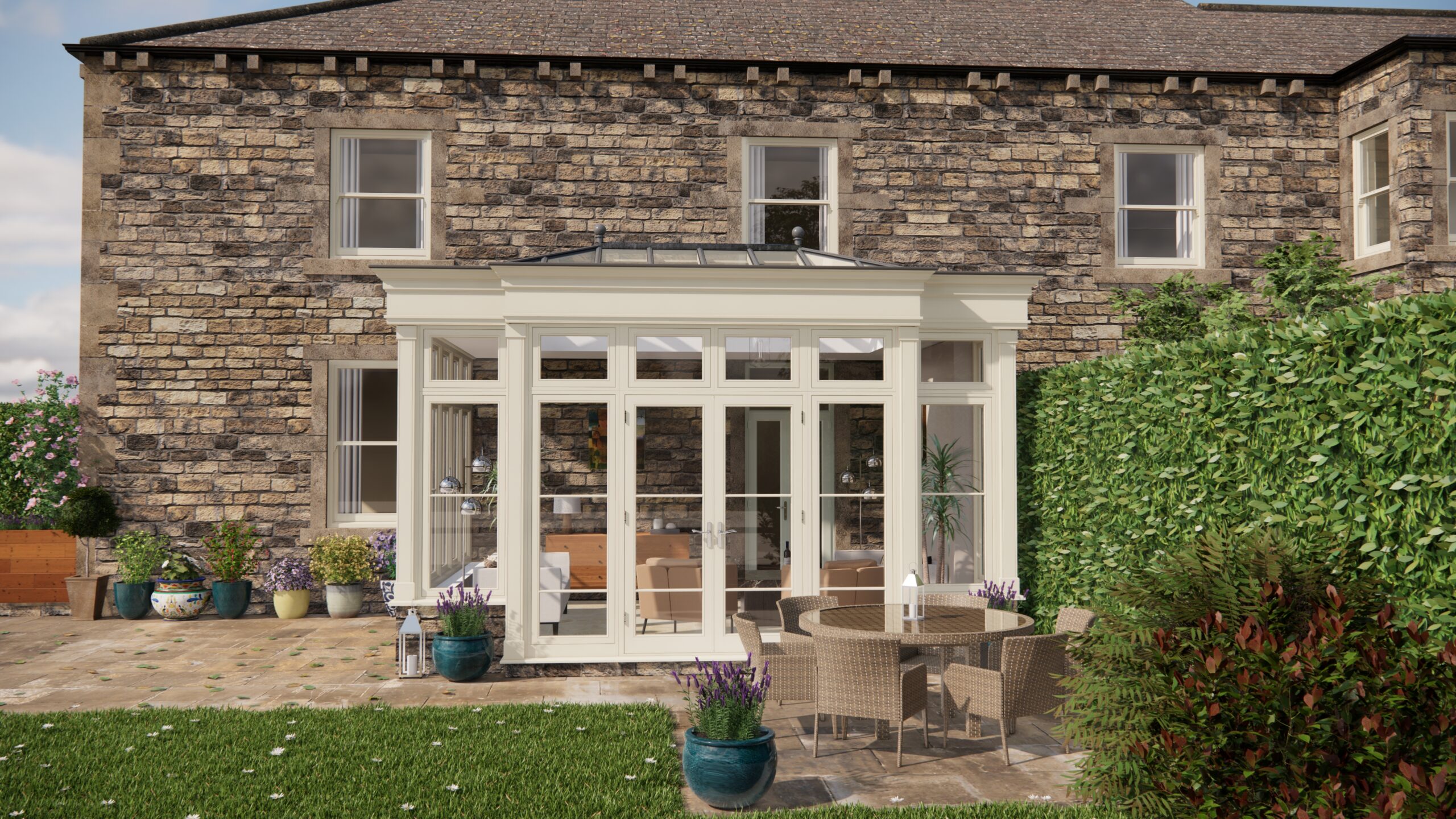Right, so, I’ve been diving deep into the world of orangeries recently – specifically, the glazing. It’s fascinating, honestly. When you’re building one of these beautiful structures, whether it’s a sleek modern extension or a sympathetic addition to a listed building, getting the glazing right is absolutely crucial. It’s not just about aesthetics; it’s about comfort, energy efficiency, and ultimately, the long-term value of your investment. Planning permission is paramount, especially if you’re altering an historic structure, so get advice before you start.
My research started with understanding the sheer variety of glass types available. There’s single glazing, of course, which, let’s be honest, isn’t really an option for a modern orangery unless you live somewhere with extremely mild weather, or its specifically detailed to be retained on a listed building. Then you’ve got double glazing, the workhorse of most modern homes, and triple glazing, which offers even better thermal performance. But it’s not just about the number of panes. The type of glass itself makes a massive difference. Low-E (low emissivity) glass, for example, has a special coating that reflects heat back into the room, keeping it warmer in winter. Conversely, solar control glass reduces the amount of solar heat entering the orangery in summer, preventing it from becoming a greenhouse. Both of which can be applied to standard or laminated glass, for example.
Figuring out the thermal properties of different glazing options is key. U-values measure how well a material conducts heat – the lower the U-value, the better the insulation. G-values, on the other hand, measure the amount of solar heat that passes through the glass. A lower G-value means less solar heat gain. You need to consider both of these factors when choosing your glazing, thinking about your local climate and how you plan to use the orangery throughout the year. For example, a south-facing orangery in a sunny location might benefit from glazing with a low G-value to prevent overheating in summer. Conversely, a north-facing orangery in a cooler climate might prioritize glazing with a low U-value to maximize heat retention in winter.
Then there’s the cost, naturally. Glazing can be a significant expense, so it’s important to get quotes from multiple suppliers and compare prices. Don’t just focus on the upfront cost, though. Consider the potential long-term energy savings. More expensive glazing with better thermal performance can pay for itself over time through reduced heating and cooling bills. Installation costs will also vary depending on the complexity of the project and the type of glass you choose. Large panes of glass, for example, will require specialized equipment and more experienced installers, which will add to the overall cost. Damp proofing the sill is critical in protecting the longevity of the structure too.
Making the most of glazing isn’t just about choosing the right glass. Think about the design of your orangery. Maximizing natural light is a key goal, but you also need to consider shading. Overhangs, blinds, or even strategically planted trees can help to reduce solar heat gain in summer. Ventilation is also important, allowing you to cool the orangery naturally by opening windows or vents. Good cross ventilation is key to avoid condensation in colder months. The frame construction is crucial, consider aluminium for longevity.
From my experience, selecting suitable glazing isn’t simply a box-ticking activity, and its crucial to plan the construction early. Understanding the different glass types, their thermal properties, the costs associated with installation, and the potential for long-term energy savings helps ensure any decisions made are well informed. Finally, thinking about shading and ventilation will allow you to create a comfortable and energy-efficient space that you can enjoy year-round. That’s the key to a successful orangery project.


